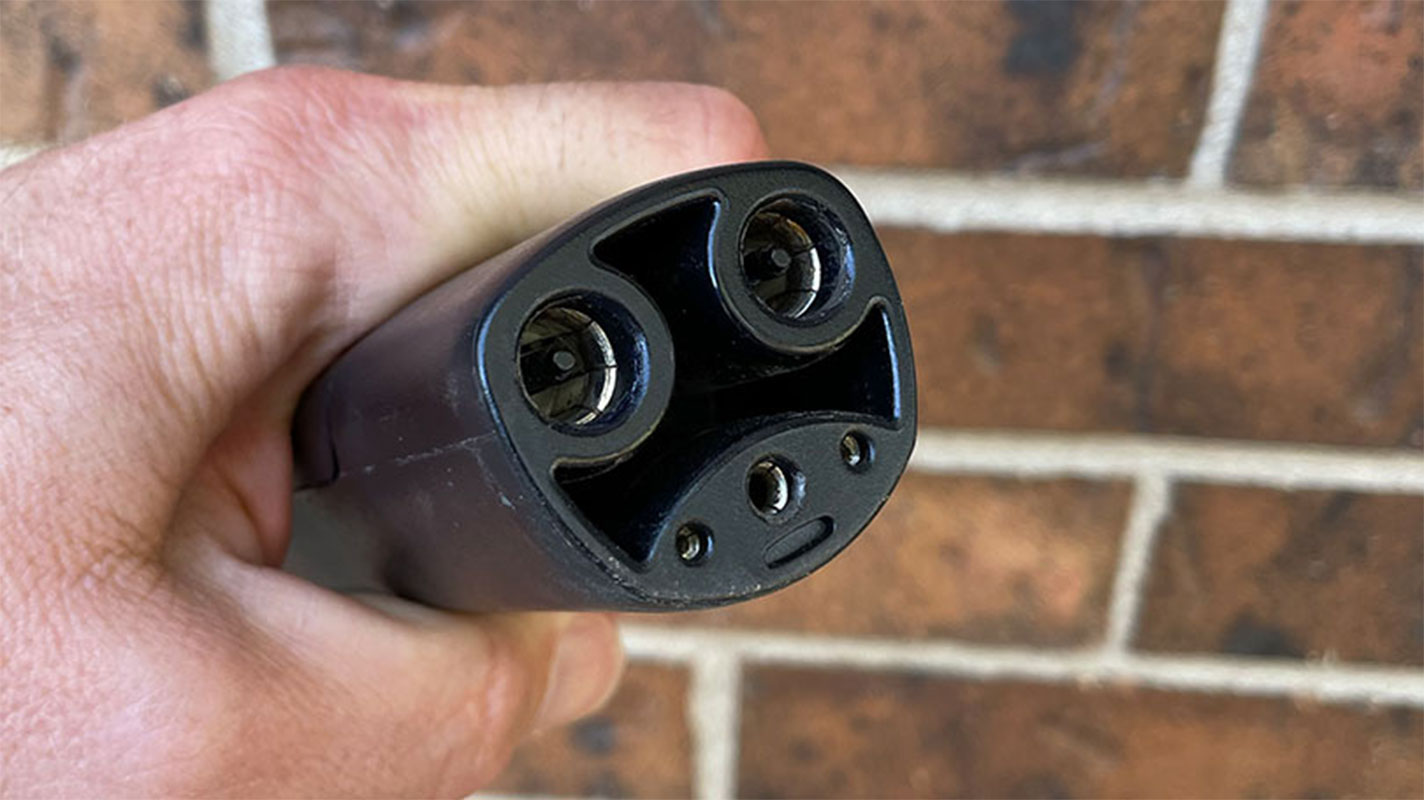Joint Office of Energy and Transportation Continues to Advance an EV Charging Network That Works for All Consumers With Support for the Newly Released SAE J3400 EV Coupler Recommended Practice
Oct. 9, 2024

Washington, D.C.—October 9, 2024 – To create a convenient, reliable EV experience, the public charging network must be consistent, safe and easy to use—and that starts with industry-standards for software, hardware and reporting. That’s why the Joint Office of Energy and Transportation worked with SAE to develop J3400 EV Coupler Recommended Practice—the next step toward an open standard for EV charging hardware.
The Recommended Practice provides the framework so that any supplier or manufacturer can use and deploy the newly renamed North American Charging System, which provides additional features, functions and interoperability. The J3400 standard helps ensure any vehicle can work with any charger, and federal minimum standards for network interoperability open the way for any charging hardware to work on a different software network.
Between August 2023 to July 2024, approximately 1,000 new public chargers were added per week. These chargers are coming online thanks to a combination of direct federal funding, federal tax incentives, state and local funding, and private investment. Standards like SAE J3400 enables a charging network that’s both convenient for trips and easy and safe to use.
The United States Federal Government has contributed to the SAE J3400 Charging Standard from the start
The Joint Office has worked with SAE from the beginning of its standards development process for J3400, aligning roadmaps from public and private sectors and providing technical expertise. Key milestones include:
- December 2023: The Joint Office announced that it contributed to the release of the SAE International J3400 Technical Information Report (TIR), a milestone in the charging standard development processes.
- September 2024: In collaboration with the Joint Office, SAE created and then its SAE EV Coupler Task Force successfully voted to affirm the J3400 open standard.
The Joint Office provides expertise and leadership on additional standards and reliability efforts
Charging technology can be more resilient, robust, and secure when developed collaboratively in open forums. Additional standards areas that the Joint Office works on include:
EV Charging Adapter Safety and Reliability
ChargeX Consortium Addresses EV Charging Adapter Safety and Reliability
In response to the need for safe and effective adapters, the National Charging Experience Consortium (ChargeX Consortium) released the "Recommended Actions to Improve Adapter Safety" report. The report shares findings from a Failure Mode and Effects Analysis (FMEA) conducted by the ChargeX Consortium that helps identify gaps in adapters’ performance and adherence to common safety requirements.
Software and EV Chargers
New Resource Provides API Implementation Tips to Improve the Public Charging Experience
As the national charging network expands and more EVs are sold, drivers need to easily find working and available chargers. To support this effort, the Joint Office created “Standardized Protocol for Real-Time APIs as Required by Title 23 CFR 680.116(c),” which has recommendations for deploying an application programming interface (API) that allows third party software developers to aggregate charging station data and provide mapping services and other applications to drivers.
Consumer Guidance for What to Expect From EV Charging
Customer-Focused Key Performance Indicators for EV Charging
What defines a “good” EV charging experience? The ChargeX Consortium defined key performance indicators (KPIs) for a quality EV charging experience from the consumer perspective in this report, providing objective benchmarks for charging suppliers and manufacturers. This report identifies based on the six key components: finding a charger, accessing a charger, starting a charge, completing a charge, getting help, and feeling safe and comfortable.
For more information about the Joint Office of Energy and Transportation’s work to advance electrified mobility standards and reliability and to sign up to receive updates, visit https://driveelectric.gov/.
